|
Presenter: Dr. Steve WaiChing Sun, Columbia University Title: Some applications of graph theory in data-driven multi-scale mechanics Video: Watch a recording of the seminar Abstract: In this talk, we will share our experience in using undirected and directed graphs to solve computational solid mechanics problems with a variety of deep neural networks. In the first half of the talk, we will focus on the usage of undirected weighted graphs that represent the microstructures. We will demonstrate 1) how to effectively represent microstructures such as polycrystals, granular assemblies and composites as node-weighted graphs, a network of nodes with assigned attributes connected by edges, 2) how to create low-dimensional topological descriptors via graph convolution neural network that exhibits spatial and rotational invariance properties and 3) how these topological descriptors can be used to enhance the accuracy and robustness of the forward predictions and generalize the surrogate constitutive models generated via semi-supervised learning. In the second half of the talk, we will examine the application of directed multi-graphs that represent causality/relational knowledge of material laws. By idealizing the process of modeling constitutive laws as a multi-player game, we will examine 4) how the process of writing, validating and falsifying a constitutive law can be formulated as a Markov decision process, and 5) how a model-free deep reinforcement learning paradigm can introduce artificial intelligence (AI) modelers and experimentalists that learn to create hand-crafted-like constitutive models through competitions and repeated trial and errors. Examples will be provide to illustrate how these self-interacting, self-improving AI agents discover new hidden hierarchical structures of mechanics knowledge, spot the weakness of existing models and create new approaches to incorporate non-Euclidean data traditionally excluded in constitutive laws to make predictions more accurate and robust.
0 Comments
Thank you Professors Jidong Zhao and Jinhyun Choo for hosting me at HKU and HKUST. It's a great visit.
Hybrid Data-driven multiscale modeling of brittle and ductile responses of fluid-infiltrating geomaterials
WaiChing Sun* Department of Civil Engineering and Engineering Mechanics, the Fu Foundation School of Engineering and Applied Science Columbia University in the City of New York 500 West 125 Street Mudd 614, New York, New York, USA e-mail: [email protected], web page: http://www.poromechanics.weebly.com ABSTRACT High-rate responses of wetted granular materials are important for projectile penetration in soils, explosion, subsurface exploration, ground improvement and ballistic vulnerability of military structures. While phenomenological models have achieved great success at predicting quasi-static responses of low confining pressure, high-rate responses of wetted granular materials are not well understood, capturing the influence of pore-fluid across different degree of saturation regimes for crushable geomaterials remains a major challenge. In principle, hierarchical multiscale methods such as DEM-FEM and FEM2 are proven to be effective to link simulations, but the coupled fluid-solid interaction is often confined in small scale problems that are not directly related to field applications. The purpose of this research is to create an alternative offline method that takes advantage of deep learning, a machine learning technique, as a mean to enable multiple coupling simulations that predict the interplays among the nanometer grain-scale behavior, the mesoscale path-dependent behaviors of the heterogeneous multi-porosity porous media and the kilometer-scale field responses of geological systems. Formulated in a finite strain dual-porosity poromechanics framework, the underlying graph-based data-driven multiscale algorithm may adaptively hybridizes conventional mathematical theories and data-driven knowledge in a directed graph based on the amount of data available for verifications. This hybrid modeling technique is then applied to various applications related to geological systems including calibrating and verifying micropolar models with micro-CT images, predicting coalescence and branching of fluid-driven fractures and modeling split-Hopkinson bar. Further information about the 2017 Young Investigator Research Program Meeting can be found at: https://community.apan.org/wg/afosr/w/researchareas/19426/2017-young-investigator-research-program-yip-meeting/ A multiscale damage-plasticity model for compaction band and fractures in anisotropic fluid-infiltrating porous media Abstract: Many engineering applications, such as geological disposal of nuclear waste, require reliable predictions on the hydro-mechanical responses of porous media exposed to extreme environments. This presentation will discuss the relevant modeling techniques designed specific for porous media subjected to such harsh environments. In particular, we will provide an overview of (1) the variational eigen-deformation techniques used to model brittle fracture and compaction bands, (2) the usage of adaptive nonlocal multiscale techniques to link grain-scale simulations to macroscopic predictions and hence bypass the usage of any macroscopic phenomenological law, and the coupling of crystal plasticity and multi-phase-field model designed to replicate the thermal- and rate-dependent damage-plasticity of crystalline rock. Special emphasis is placed on how formation and propagation of flow barrier formed by array of compaction bands and the flow conduit formed by fractures interact and affected the macroscopic hydro-mechanical behavior of brittle porous media. (hosted by Prof. Robert Zimmerman) URL: https://www.seas.harvard.edu/calendar/event/86486
Some remarks on modeling fluid-infiltrating, thermal-sensitive, and partially-frozen porous media across length scales 23MAR Applied Mechanics Colloquia Steve WaiChing Sun, Columbia University Wednesday, March 23, 2016 - 4:00pm to 5:00pm MD G115 Many engineering applications, such as geological disposal of nuclear waste, require reliable predictions on how porous media responds to extreme environments. This presentation will discuss the relevant modeling techniques designed specific for porous media subjected to such harsh environments. In particular, we will discuss (1) a finite strain finite element model that captures the freeze-thaw action of frozen soil, (2) the stability and dispersion analyses that reveals the vanishing of physical length scale of thermal-sensitive porous media at short wavelength limit, (3) the usage of multiscale techniques to link grain-scale simulations to macroscopic predictions and hence bypass the usage of any macroscopic phenomenological law. Spurious pathological predictions by previous DEM-FEM models are examined and the remedies are proposed. Speaker Bio: WaiChing Sun is an assistant professor in the Department of Civil Engineering and Engineering Mechanics at Columbia University. Prior to joining the Columbia faculty, he is a senior member of technical staff at Sandia National Laboratories. Professor Sun works in the fields of theoretical and computational poromechanics with a special emphasis on geomechanical applications. His research includes multiscale modeling porous media, multiscale verification and validation with CT images, digital rock and granular physics, applications of mathematical tools, such as graph theory, Lie algebra for modern engineering problems. He received the Dresden Junior Fellowship in 2016, Army Young Investigator Program Award in 2015, and the Caterpillar Best Paper Prize in 2013. He holds BS degree from UC Davis, MS degrees from Stanford and Princeton and PhD degrees from Northwestern. Host: Chris Rycroft Contact: Rebekah Stiles Email: [email protected] Professor Sun has been selected as the Themes and Discussion Leaders at iMechanica Journal Club in the coming September (see URL below).
http://www.imechanica.org/jclub He will discuss challenges and opportunities in computational poromechanics in research and engineering practice. Any suggestion or comment on this topic can be sent to wsun at columbia dot edu. Concurrent and Hierarchical Multiscale Modeling of Shear bands in Fluid Infiltrating Solids
Steve WaiChing Sun, Assistant Professor, Columbia University [email protected] Monday, May 12, 11 am, 1047 Engineering Research Facility Abstract: Many man-made and natural geological processes may lead to the inceptions and propagations of narrow zones in which significant inelastic deformation concentrates. Examples include shear bands, compaction bands, fractures and joints. Due to the difference in spatial scales between the thickness of the localized zone and the rest of the deformable body, these localized diffusion-deformation processes can be approximated as a strong discontinuous displacement field across interfaces. Depending on how microstructural attributes (e.g. porosity, tortuosity and pore size distribution) evolve, these localized zones may become flow barriers or conduits. The objective of this study is to derive and implement multiscale models that capture the post-bifurcated localized responses of shear band formed in fluid infiltrating solids. Our continuum model features an equal-order mixed finite element that discretizes both the displacement, pore pressure and temperature. By introducing a projection-based stabilization technique, the model is capable of producing stable solution and a multi-physical variational localization element is used to admit displacement and pore pressure jumps. To enable concurrently coupling between micro- and macro-scale hydro-mechanical simulations, we extend the Arlequin formulation such that hydro-mechanical coupling effects can be captured in a concurrent multiscale framework. We recast the poromechanics problems as a saddle point that optimizes the constrained partitioned incremental work of a multi-field energy functional. By introducing appropriate Lagrange multiplier fields and compatibility energy functionals, we enforce the weak compatibility of the hydro-mechanical responses in the multiscale overlapped domain. Modified inf-sup tests are established to examine the numerical stability issues of the multiphysics Arlequin formulation. 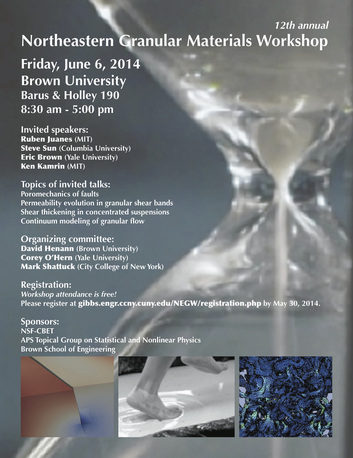 Title: A DEM-LBM analysis on permeability evolutions during the formation of a dilatant shear band Author (Invited): Steve Sun, Columbia University Abstract:This talks presents a multi-scale lattice Boltzmann/finite element scheme that quantitatively links particulate mechanics to hydraulic properties of a grain assembly obtained from a simple shear discrete element simulation. A spatial homogenization is performed to recover the macroscopic stress from the micro-mechanical forces. The pore geometries of the shear band and host matrix are then quantitatively evaluated through morphology analysis and flow simulations. Hydraulic properties estimated from multiscale flow simulations are compared with those inferred from volume averaging and geometric averaging schemes. Results from the discrete element simulations imply that grain sliding and rotation occur predominately within the dilatant shear band. These granular motions lead to dilation of pore space inside the shear band and increases in local permeability. While considerable anisotropy in the contact fabric is observed within the shear band, anisotropy of the permeability is, at most, modest in the assemblies composed of spherical grains. |
Group NewsNews about Computational Poromechanics lab at Columbia University. Categories
All
Archives
July 2023
|

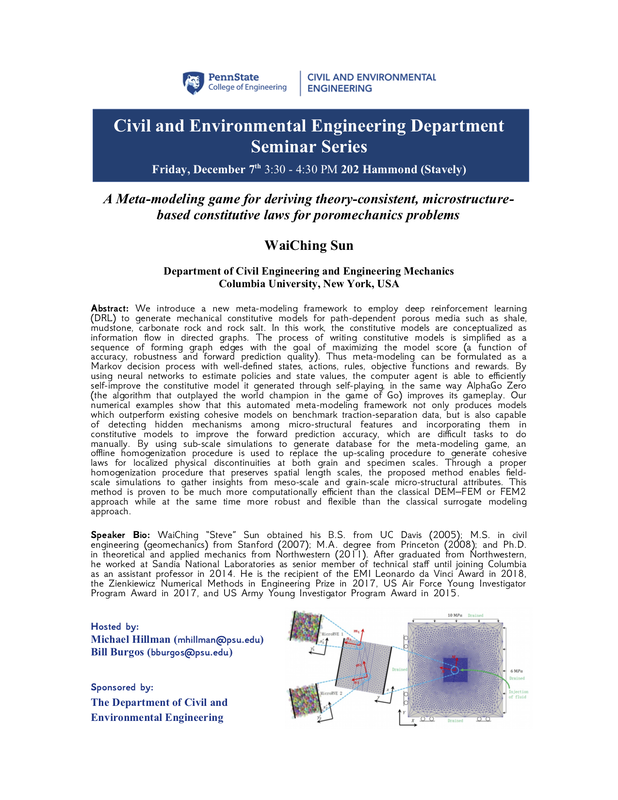


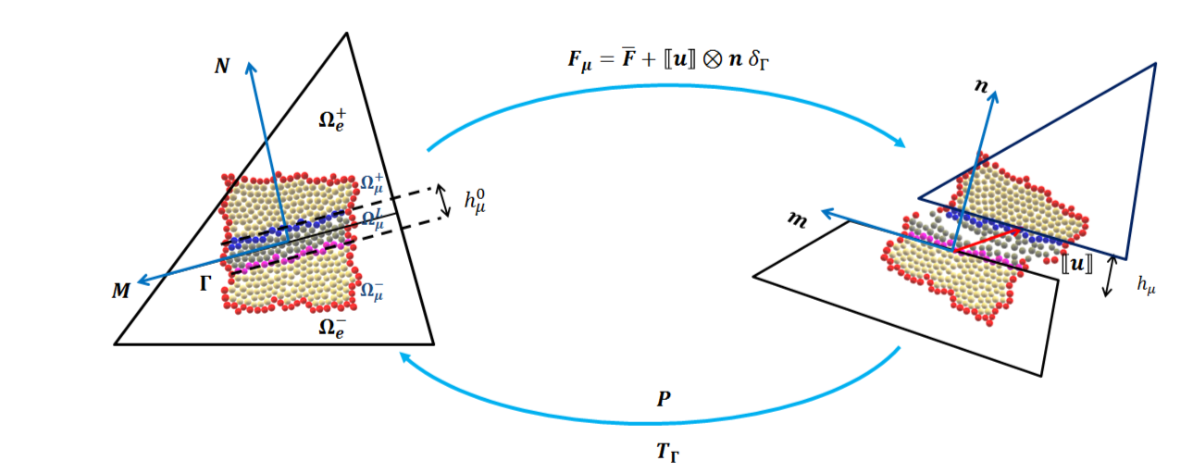
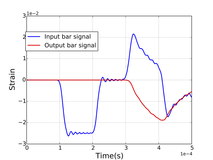
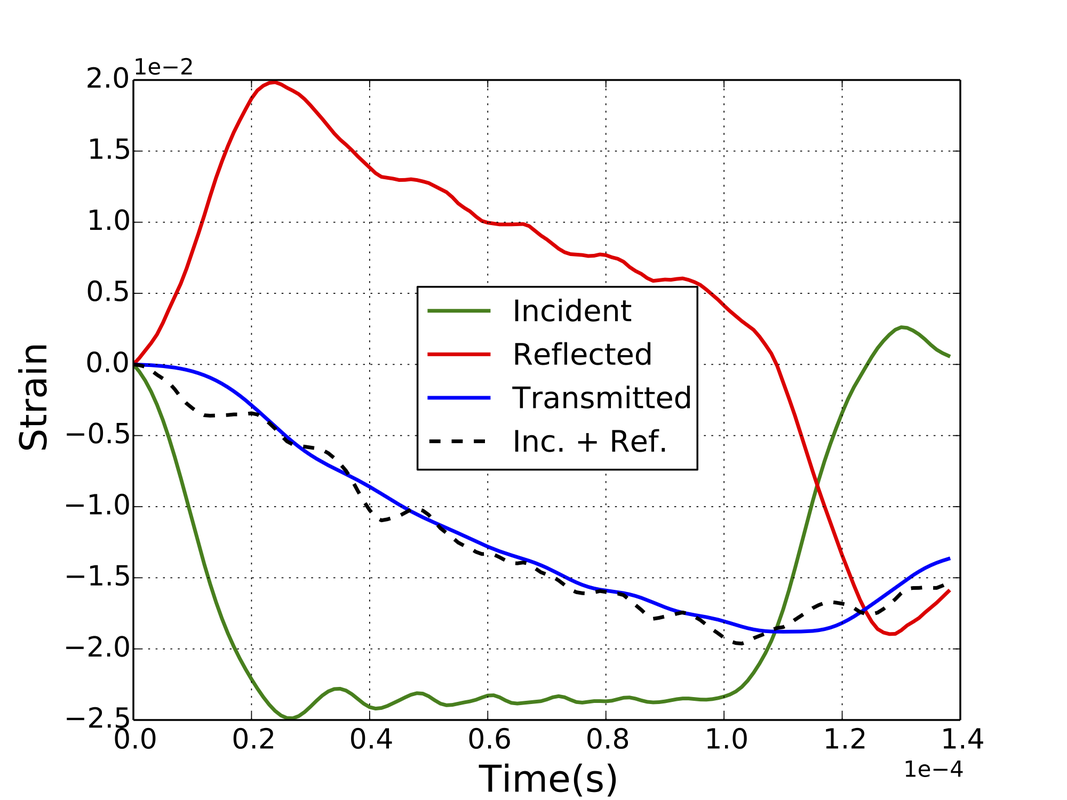
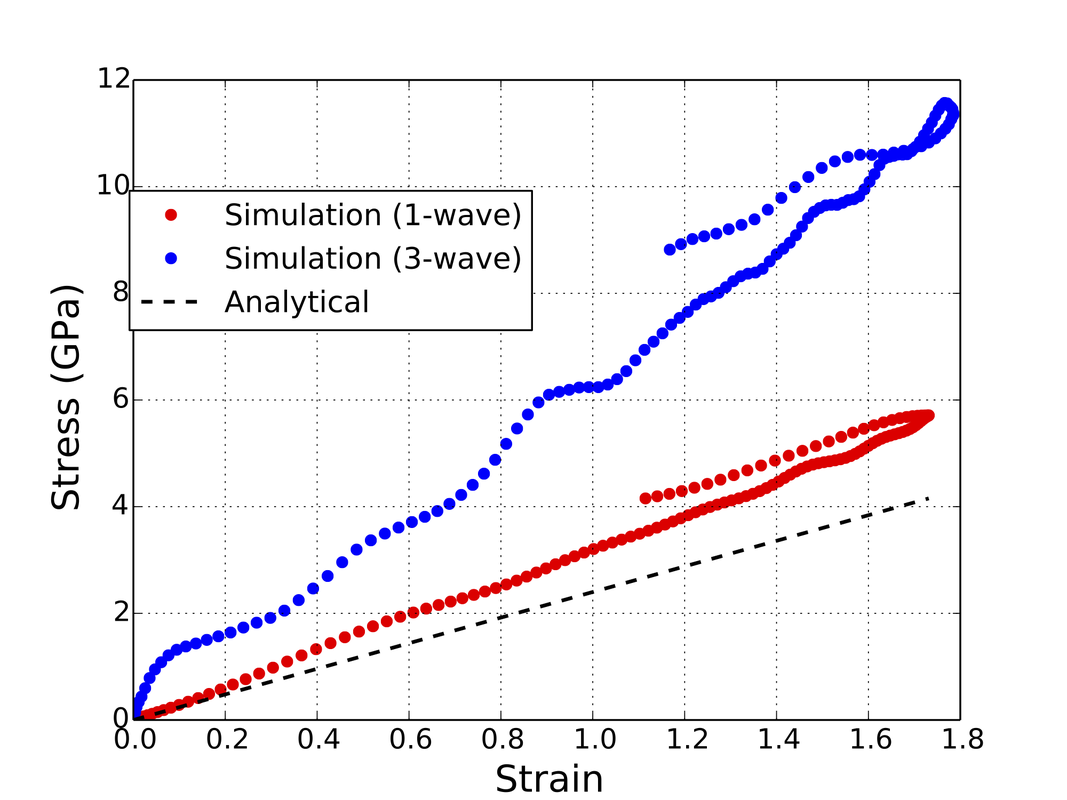
 RSS Feed
RSS Feed